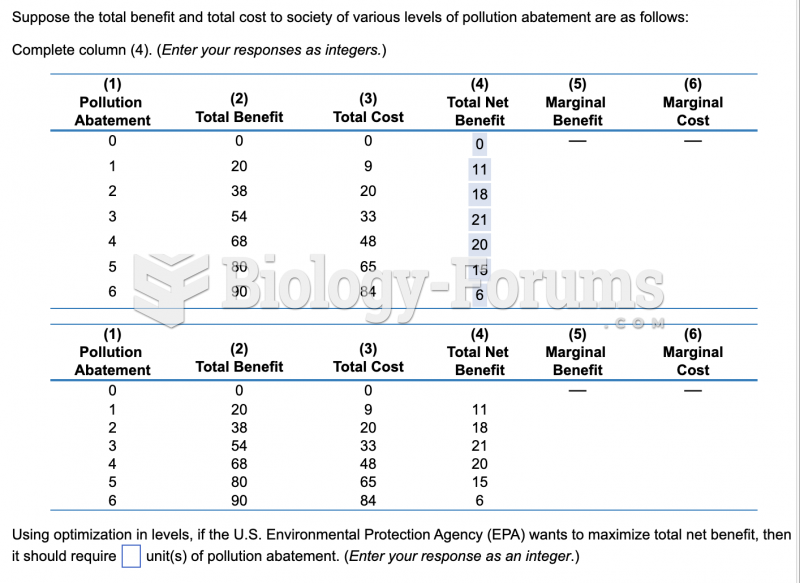|
|
|
The eye muscles are the most active muscles in the whole body. The external muscles that move the eyes are the strongest muscles in the human body for the job they have to do. They are 100 times more powerful than they need to be.
Egg cells are about the size of a grain of sand. They are formed inside of a female's ovaries before she is even born.
Cancer has been around as long as humankind, but only in the second half of the twentieth century did the number of cancer cases explode.
About one in five American adults and teenagers have had a genital herpes infection—and most of them don't know it. People with genital herpes have at least twice the risk of becoming infected with HIV if exposed to it than those people who do not have genital herpes.
After a vasectomy, it takes about 12 ejaculations to clear out sperm that were already beyond the blocked area.







